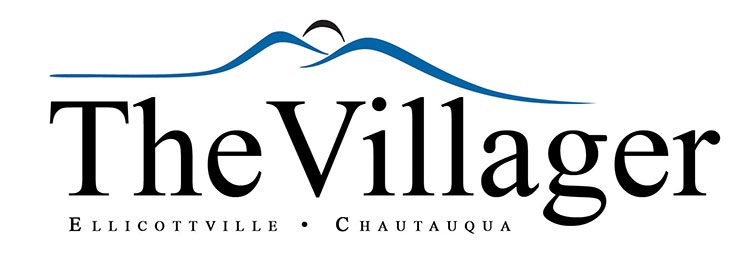By Carol Fisher-Linn
ISS – Have you ever wondered about it? Time could be running out…
What travels 240 miles above the Earth’s surface (distance between Ellicottville and Scranton, PA – Poconos) at 5 mps (17,500 mph – 10 times the speed of a bullet – from google.com) and goes around the world in 90 minutes? In 24 hours, it executes 16 orbits around the earth – through 16 sunrises and sunsets. From Nasa.gov facts and figures we learn that the ISS travels the equivalent distance to the moon and back in a day. Yet, you can reach it by spacecraft from earth in four hours.
The 3rd brightest object in the night sky, ISS is visible with the naked eye because it reflects the sun. To see it, go to spotthestation.nasa.gov and choose your closest location. For Ellicottville it’s Little Valley. You can set it up so you will be notified when it is visible in your area (NOT every day), including time/duration. When they notify you of a date/time, look into the direction they indicate and watch for a very bright, STEADY light (no blinks) moving quickly across the horizon. We have watched for years and never get tired of the thrill of realizing there are 7 humans zooming around up there, looking back at us.
It’s the largest structure humans have ever put into space – sent in pieces and constructed in orbit. Weighing about 1 million pounds – it is 356 feet – one yard shy of the size of an American football field, with living space larger than a six-bedroom house (including a gym for the astronaut’s required 2-hour per day work outs). 52 computers control the systems on the ISS; one acre of solar panels power the station with 8 miles of electrical wire connect the electrical power system. It was probably the most expensive man-made item ever built at the time – likely exceeding $100 billion (compare to skyscraper in Saudi Arabia – $15B). The ISS was built in 1998 by 15 countries including US and Russia (the key investors), along with Canada, Japan and 11 major European countries as a base for space-based research. Described as “Man’s Greatest Achievement,” (artsandculture.google.com), “the ISS represents one of the largest peace-making, cross-national collaborative projects of all time.”
Sabrina Stierwall in American Scientific (11/4/2019) tells us this: Every day many scientific experiments are conducted like those which aid storm forecasters and testing new satellite tech. They perform particle physics experiments to look for dark matter and antimatter particles. They study their own human bodies – how muscles, bones, heart, and eyes change without earth’s gravity. (They do.) Plans are to get to Mars (a three-year round trip) so the ISS astronauts are developing ways to keep the spacecraft functioning and test new technology. Canadian astronaut, Chris Hadfield, who spent 166 days in space serving as Commander of the ISS, has videos you can access about life on the ISS (what it’s like to brush your teeth, wring out a washcloth and sleep in microgravity. (UTube – Chris Hadfield brushes his teeth in space- sleeps in space, etc).
Here’s the thing. Since the US and Russia are the KEY players in this enterprise, each responsible for one-half of the total ISS ground operation, Russia’s threat to pull out in 2024, or possibly 2028 is a potentially huge loss for avid ISS watchers, and for the program (which, per NASA, is already scheduled to shut down in 2030 due to encroaching obsolescence). But if Russia pulls out before the 2030 date, it could likely shut the entire operation down since the US does not have the capability to take over running that part which Russia does from their command center on Russian soil. Operation of the ISS was deliberately designed to create cooperation: NASA’s power panels provide the majority of power for the ISS – Russian technology stabilizes it. And, presently, the most reliable means of getting cosmonauts to and from the station is via Russian space vehicles. It’s called cooperation. You know that old song about love and marriage – “Ya can’t have one without the other.” We’ll have to let them work it out, but in the meantime, if this article has sparked any interest in the ISS, it would behoove you to sign up for your area at Spotthestation.nasa.gov and be prepared to be awed, over and over again. Imagine!
